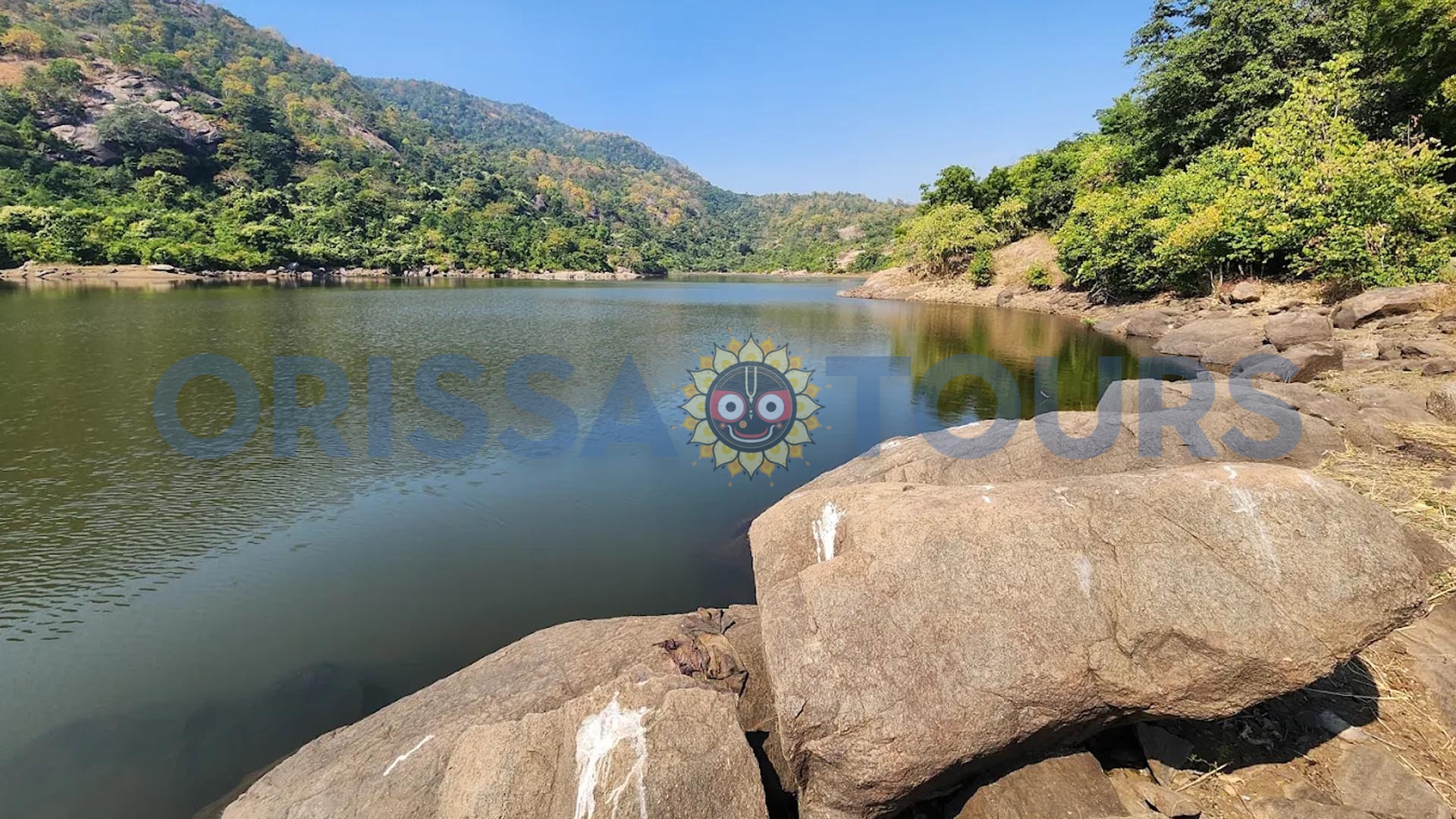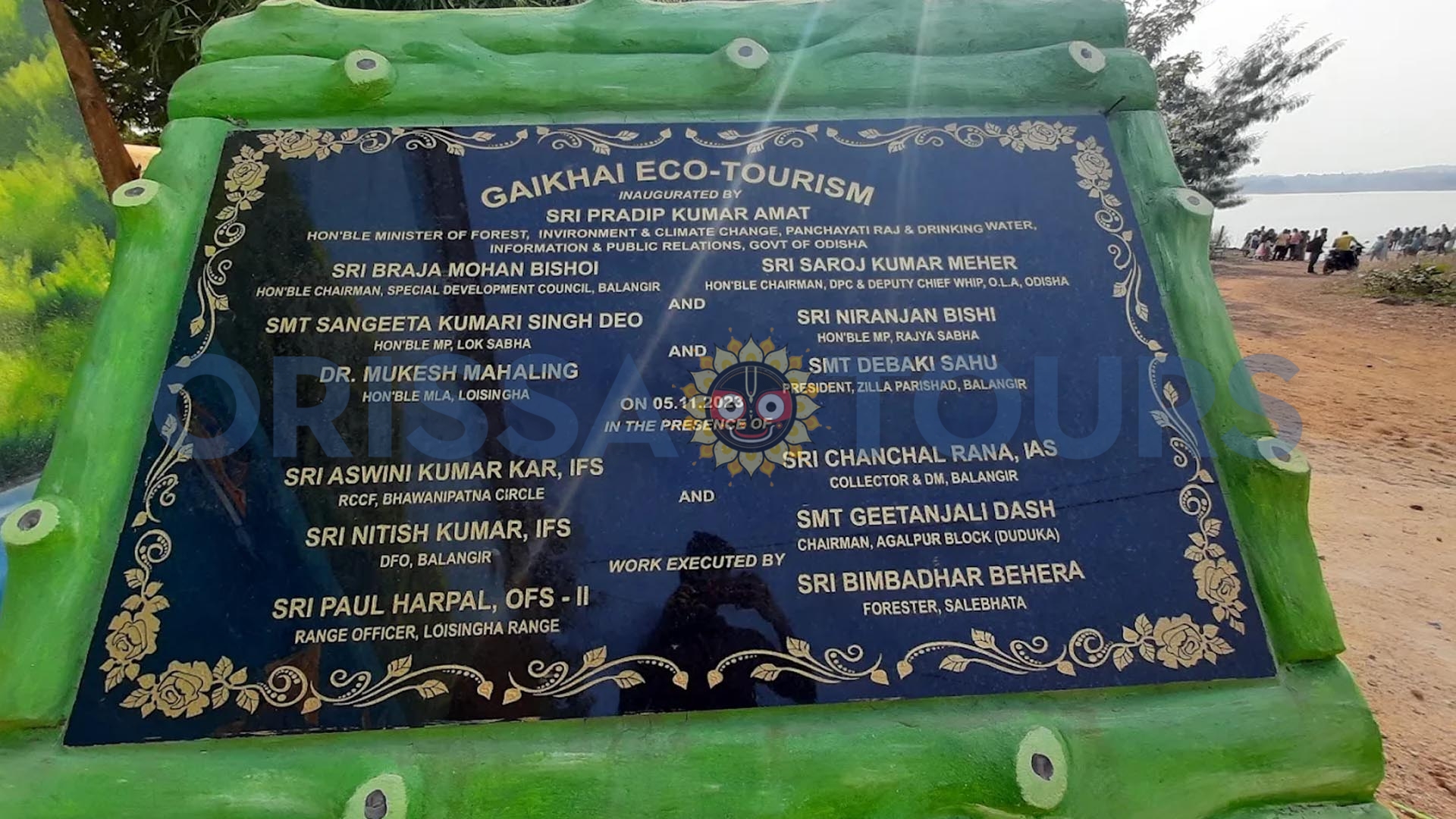The Sunamuhin Dam is a significant infrastructure construction project situated in the beautiful locale of Odisha. The dam represents relatively valuable water resources in the area and contributes towards agriculture, plans for drinking water, and future local development.
About the significant word “Sunamuhin Dam,” it indicates that the structure represents a landmark within the Nayagarh district, and dams, like all other water resource structures, represent engineer control over water resources and can symbolize hope for the thousands of farmers who rely upon its water to grow their crops in the region.
The dam is important due to its utility construction methods and its location that assures effective management of the runoff created by monsoon events while at the same time protecting the surrounding communities from the risk of floods. Over the years, the Sunamuhin Dam has transitioned from an irrigation structure to more of a beacon of further progress that might lend to the continuation of further means of livelihoods and ecological balance in the state of Odisha.

Historical Background and Construction
Sunamuhin Dam was built during the early 2000s, when the state of Odisha was looking to improve its irrigation infrastructure due to an increasing agricultural demand. It was built using modern engineering methods, with the hope of capturing monsoon rainfall while mitigating any flooding risks downstream. Residents were eager to enhance the economy of the region by returning to agricultural production with improved yield quality.
Due to the extensive planning and coordination, the project took a significant amount of time and coordination of government resources and government engineers dedicated to building sustainable development. Over the years, Sunamuhin Dam has evolved from simply a project to a mark of development for residents of Khandapada, and the gathered community has created an awareness of its resilience-building benefits against droughts or water scarcity.
Hydrological Features and Infrastructure
The Sunamuhin Dam is an achievement in engineering with a well-developed physical structure to sustainably manage water resources in the area. The dam is mainly made of concrete and earth-fill, which is suitable as a durable physical resource. The dam has a large capacity to hold water, its capacity is several million cubic meters of water, and it is helpful the water storage, especially for irrigation and drinking water during the dry season.
The spillway works with high rainfall events, where it discharges excess water, controls flow downstream to avoid flooding. The inlet towers, sluice gates, and canals distribute water to local farmers’ fields, essential for their livelihoods. With a developed and planned hydrology, it was well established in the State of Odisha’s annual water management needs.
Ecological and Environmental Impact
While Sunamuhin Dam has benefited many, it also has environmental impacts that need to be managed carefully. The water supply is not only affecting local flora and fauna but also transferring some of the local environment to an ecological working condition and disrupting the local habitats. There are some current initiatives underway for environmental protection-focused activities like the planting of native tree species in and around Sunamuhin Dam and protecting biodiversity corridors.

The operation of the reservoir needs to balance human needs for suddenly human needs against the ecological needs of the dam, because climate change remains unpredictable and is uncertain in terms of climate change in changing weather and rainfall patterns, the need for a Minister of Forestry development programand and wildlife programs Kapisa at any development initiative to ameliorate and adverse impactwhile respecting the ecological integrity of the region.
It will be essential for the long-term intentions of Sunamuhin Dam to advocate for sustainable development viable for the environment and ecology, which does not prevent future generations from reaping the benefits without denying the integrity of the environment or ecology.
Tourism and Local Economy
Sunamuhin Dam has become a prime location for tranquility seekers and nature enthusiasts alike. Most tourists partake in tourism activities, such as boating, picnicking, and birdwatching, at several picturesque locations along the reservoir. The scenic backdrop has played a part in developing the local economy as some businesses, such as restaurants, handicraft shops, or homestays, have seen an increase in footfall and patronage.
Fishing communities, as well as farming and agribusinesses, rely on the dam for their livelihoods through aquaculture-based and agriculture-based businesses, created by access to a reliable water supply. Festivals held locally, as well as eco-tourism-driven activities, have increased its attractiveness. Thus, the Sunamuhin Dam is more than a piece of infrastructure; it is a contributor to cultural well-being and general economic development for the Nayagarh district.
Future Developments and Challenges
In the future, it is intended to upgrade Sunamuhin Dam with modern technology for more effectively meeting water demand, and ensuring a higher standard of health and safety. Future upgrades may include automated spillway controls and many potential irrigation expansion networks that can serve more farmers.
However, when addressing future water management targets, it is essential to consider potential complications in water availability arising from irregular rainfall in regions severely impacted by climate change. Addressing this will require a comprehensive water management approach utilizing human resources, sharing knowledge with neighbouring communities, and government agencies willing to adopt sustainable practices, all within an integrated management approach to water resources.
Another critical component of water resource management is maintaining the dam infrastructure to prevent deterioration over the years, after this initiative is developed. Through technological assistance and enhanced environmental stewardship, the Sunamuhin Dam has the potential to remain a critical contributor to the region’s development well into the future.
Location and Geographical Significance
The Sunamuhin Dam is located inside the Khandapada block of Nayagarh district. The geographical site of Khandapada and Nayagarh district is an ideal spot surrounded by hills and greenery. The Dam itself is relatively easily accessible from nearby towns, and Nayagarh town itself is its main hub. The Dam is situated near natural areas like rivers and forests, giving it ecological significance, and it truly is a spectacle that really attracts people interested in nature.
The geographical layout of the Handapada area makes it a perfect catchment area of water, especially during the balmy rains of monsoon peaks. This strategic location emphasizes its position of advantage in the management of water and its potential role in agricultural, domestic, and conservation sites.
Tourist Facilities, Transportation, Tourist Attractions, How to Reach, Accessibility
Opening Time
Sunamuhin Dam timings are every day from 6.00 am in the Morning to 6:00 pm in the Evening.
Best Time to Visit
The Best time to visit Sunamuhin Dam at all times of the year.
Closest Bus Stand and Distance
The Closest Bus stand is Khandapada, which is located around 2 Km distance from Sunamuhin Park
Closest Railway Station & Distance
The Closest Railway Station is Nayagarh, which is located around 15 Km distance from Sunamuhin Park
Closest Airport and Distance
The Closest airport is Biju Patnaik International Airport, Bhubaneswar, which is located around 80 Km distance from Sunamuhin Park.








